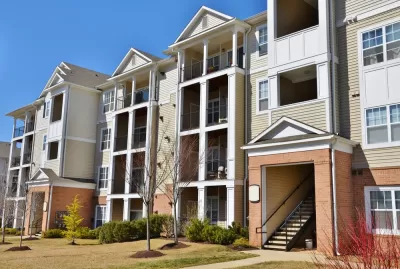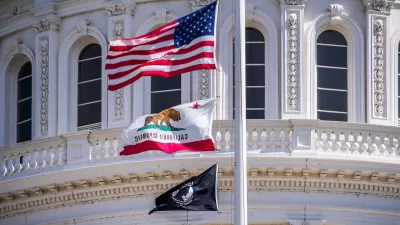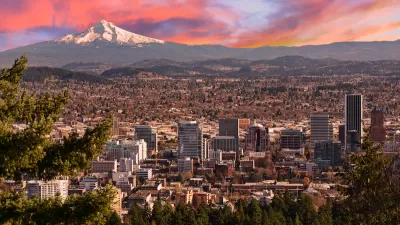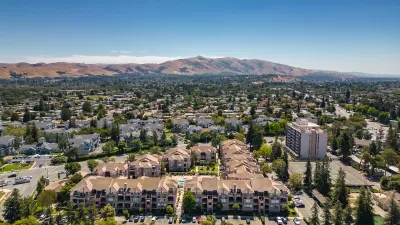Building enough affordable housing to meet current shortages will take more concerted effort from policymakers.

"A 2020 report commissioned by the Maryland Department of Housing and Community Development (MDHCD) reported a shortage of 85,000 affordable apartments in Maryland for families and individuals earning less than 30% of median income," writes Tom Coale in an opinion piece. Policymakers, argues Coale, cannot rely solely on inclusionary zoning to fix this problem. "Inclusionary zoning, however, was not created for the purposes of meeting affordable housing needs." While inclusionary zoning can help create socioeconomic integration in new developments, Coale says that "when efforts to integrate such communities take the place of meaningful efforts to create affordable housing, we all lose."
Coale explains that, because many developers can pay a fee in lieu of building affordable units, " inclusionary zoning has become a useful replacement for those who want to create the appearance of supporting affordable housing while doing very little to address the greatest needs of the housing crisis, which are units for low-income families." He also calls inclusionary zoning inefficient and disagrees with shifting the burden of providing affordable housing to private developers rather than public entities. Most importantly, Coale believes, "inclusionary zoning requirements raise housing prices on the whole" due to regulatory burdens.
While Coale writes that inclusionary zoning does serve an important purpose, policymakers should not forget about other mechanisms that boost affordable housing production and help the households that need affordable housing the most.
FULL STORY: Why betting solely on inclusionary zoning to create affordable housing in Maryland is a losing proposition

Maui's Vacation Rental Debate Turns Ugly
Verbal attacks, misinformation campaigns and fistfights plague a high-stakes debate to convert thousands of vacation rentals into long-term housing.

Planetizen Federal Action Tracker
A weekly monitor of how Trump’s orders and actions are impacting planners and planning in America.

In Urban Planning, AI Prompting Could be the New Design Thinking
Creativity has long been key to great urban design. What if we see AI as our new creative partner?

King County Supportive Housing Program Offers Hope for Unhoused Residents
The county is taking a ‘Housing First’ approach that prioritizes getting people into housing, then offering wraparound supportive services.

Researchers Use AI to Get Clearer Picture of US Housing
Analysts are using artificial intelligence to supercharge their research by allowing them to comb through data faster. Though these AI tools can be error prone, they save time and housing researchers are optimistic about the future.

Making Shared Micromobility More Inclusive
Cities and shared mobility system operators can do more to include people with disabilities in planning and operations, per a new report.
Urban Design for Planners 1: Software Tools
This six-course series explores essential urban design concepts using open source software and equips planners with the tools they need to participate fully in the urban design process.
Planning for Universal Design
Learn the tools for implementing Universal Design in planning regulations.
planning NEXT
Appalachian Highlands Housing Partners
Mpact (founded as Rail~Volution)
City of Camden Redevelopment Agency
City of Astoria
City of Portland
City of Laramie





























